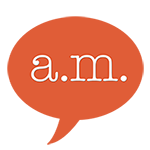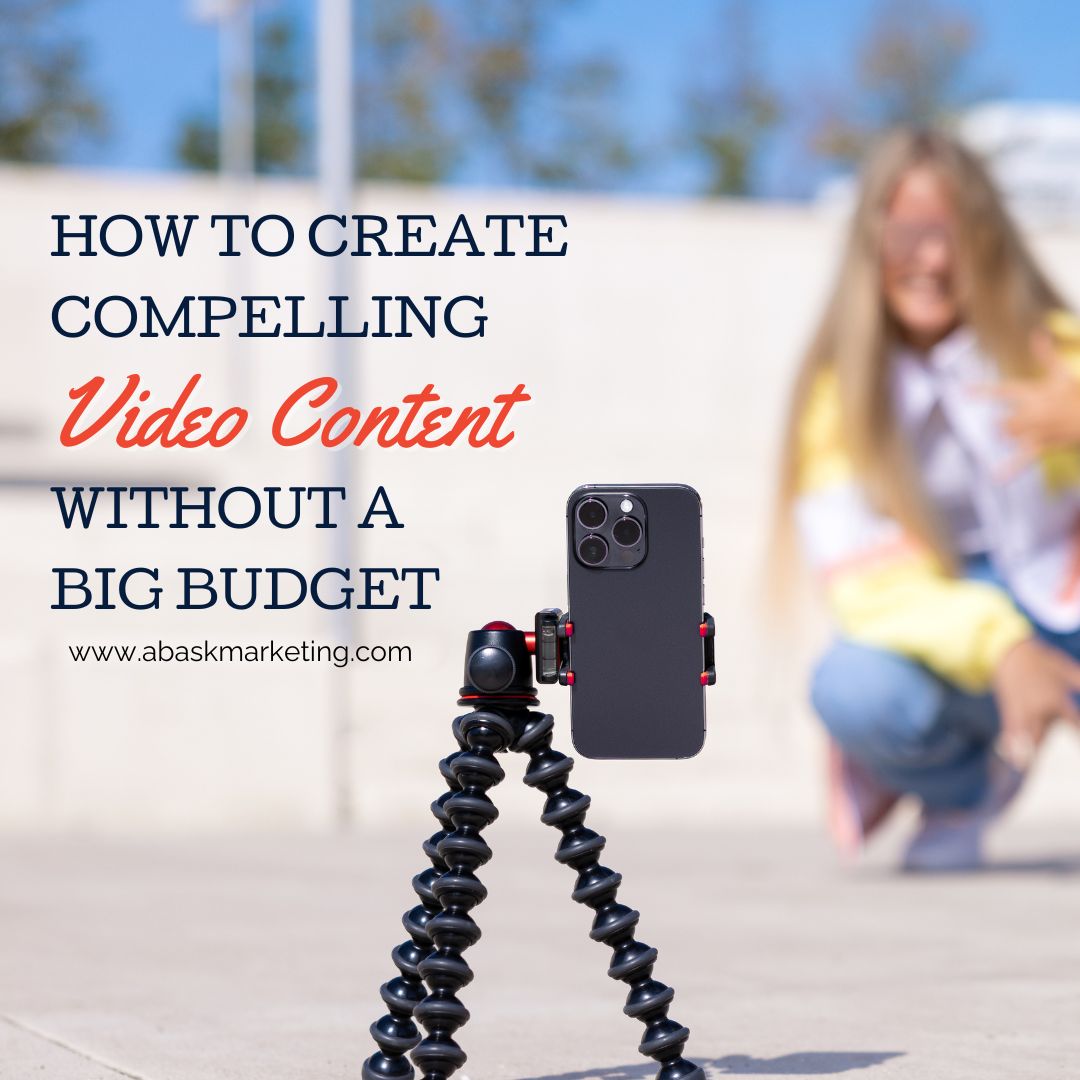When people learn that Abask Marketing is cloud operational, many people ask what that is and then how we manage our daily lives. So, we thought we could shed some light on what that means, how we keep our marketing strategy profitable and growing annually and the tools we use daily to manage. There are many tools needed to keep the workflow going and different tools are used for specific clients so, to make it easier, we have chosen our favorite tools for managing our internal content marketing strategy.
Take a read and maybe it will help you get more done while on the go.
What is “Cloud Operational”?
Being cloud operational means that we spend about 90% of our time out of an office and away from each other. Sometimes we are visiting clients, but most of the time we are at home or on the go and working online. We started out this way to stay lean and become profitable, but before long it became clear that it simply works well for us. It also keeps costs down for our clients and besides, none of us had any desire to work in a cubicle, with lights buzzing overhead and other people’s conversations about what they did last night and with whom getting in the way of the creative flow.
But keeping a team tight knit while hundreds and sometimes thousands of miles apart takes a strict adherence to organization and an ability to keep communication lines open always. These are our favorite tools for working together on the Abask Marketing content schedule:
Rebecca’s favorite tool for organization
My favorite tool for almost everything is Evernote. I save everything in there: content ideas for blogs, newsletters or presentations, lead generation stuff, client notes, business cards, brand standards, even shopping lists and paint colors! I take photos of paper notes and random doodles on post-its and log them all in Evernote, I make screen grabs when my clients are recognized in the media or when someone links to them online. And I save articles to read later into Evernote so I can stay ahead of industry trends.
Organization is a constant struggle for me, so I have found Evernote works for keeping all of my stuff in one place and one night every week I go through and archive stuff or flag it and highlight it.
The biggest joy of Evernote is that I can pull up any note at any time or share any note with anyone. So, when a client wants to know what the next campaign we are developing is, I can pull it up, present it full screen, share it with them… from anywhere using my phone, my iPad or my computer. Evernote helps our company be a swan: always well put together on the surface, but frantically paddling below the water and out of sight!
[Tweet “Evernote helps our company be a swan: always well put together on the surface, but frantically paddling below the water and out of sight! http://bit.ly/abask-digitaltools @abaskmktg”]
Janet’s favorite tool for project management
The best tool we use as a team is Basecamp. Basecamp is a cloud-based project management system that makes sure we are all on the same page for each project, campaign and client.
Being a virtual team has its challenges (although I would take this format over office life any day of the week!) and our business moves very fast. Clients will often have last minute needs, so we use Basecamp to adapt as a team and also keep track of where we left off so we can pause other projects or campaigns.
We have used other tools at different times – Asana, Trello, Team Gantt, even Evernote for this – but Basecamp fits our needs for project management. It’s so easy to use, we can share projects with anyone: clients, partners or freelancers at no extra cost and it works well across oceans and time differences!
[Tweet “Being a #virtual team has its challenges (although I would take this format over office life any day of the week!) and our business moves very fast. http://bit.ly/abask-digitaltools @abaskmktg”]
Emily’s favorite tools for working on content together
I would like to say my favorite tool is Evernote as we can build any content within, add screen shots and mock them up. We tend to use Evernote for developing content ideas and chatting about the idea just between us, but once the idea is a little more presentable, we place it on Basecamp to be easily shared with clients or partners. But, sigh, that one is already taken, so I will list my second favorite: EditFlow.
Edit Flow is a WordPress plugin. It’s an amazing tool, but only can be used with WordPress, so that’s why it doesn’t beat out Evernote for me. Using EditFlow for our own blogs or our client’s blogs allows us to batch create – meaning we can create multiple blog posts at once – and always stay organized.
Usually, we determine the blog posts that will be written at our quarterly planning meetings. We have a topic for each week, each one has a download or giveaway of some kind and each one will need visual content for the website as well as social sharing.
Edit Flow lets you assign statuses to your posts.
This is how it works for us:
- Post (with working title) is assigned to me.
- I write it and create the giveaway and then assign it for SEO.
- I come back to it after at least 24 hours and check the SEO – add links, check meta tags, assign keywords and all of that good stuff – then assign it to Visual Content (that’s Lauren).
- Lauren comes in and develops a Featured Image and social sharing images as well as any diagrams. She also cleans up the giveaway and then assigns it to Social (Megan).
- Megan takes over the post and writes all of the status updates for when others share them. Then she develops the system for getting the giveaway (the sign up sheet that links with our newsletter provider) and finally, she schedules the post to go out on social media. She also flags the post for a date when she will check the stats before our next quarterly meeting. Then she assigns it for final editing. (At this point no one is allowed to change the title or link without telling everybody and that’s extra work for everybody, so basically just don’t do it!)
- Rebecca or Emily will read it through and publish it.
And then we move to the next post!
Clients never realize how much work we put into each blog post, but that’s kind of the point!
[Tweet “Check out our work flow for blogs; from concept to visuals step-by-step. @abaskmktg http://bit.ly/abask-digitaltools”]
Lauren’s favorite tool for visual content
My favorite online tool (beyond the Adobe Suite of course) is probably Canva.
I use Canva to create visual content (meaning images that tell a story) for Abask really quickly and easily. It’s pretty basic, but it works for us because Abask is an agency dedicated to communication rather than design, meaning we want to get an idea across quickly and easily. We like simplicity, clean backgrounds and the only design elements we really use are flat icons or typography (i.e. letters and grammatical elements). Canva is perfect for this.
I love that there are more tools like Canva popping up because it allows me to create very simple graphical elements from anywhere. I work closely with Megan for social media so I can log on with my iPad and have something that Megan can use in a matter of minutes. This lets me get back to the more taxing part of my job where I am developing brands for clients, such as 1020 Builders.
Megan’s favorite tool for social media planning
Ugh, I hate going last!
My favorite online tool is probably Hootsuite. We use it to schedule and monitor our social media campaigns. About 80% of our social media posts are scheduled ahead of time.
There are a million social scheduling tools out there and I would even dare to say that some are a little better than Hootsuite. We gave Edgar a chance last year and I was very impressed. It was brand new at the time and there were a few hiccups that they cleaned up quickly, which tells you a lot about their team. The only holdback was the cost. That’s why we use Hootsuite – we simply can’t beat the cost.
Hootsuite lets us batch posts – so we build a spreadsheet of posts to share online and then we upload the spreadsheet and Hootsuite will send them out at allotted times. Easily done, easily tracked. Hootsuite is very particular about sending the same post twice though (which is something commonly done on Twitter and something that Edgar is great for), so it keeps me on my toes, making sure I have different text for each post. A little more work for me, but it helps me to test which text and keywords work for us. As part of my job is monitoring our target audience, it also helps me to see if we are using the right words to reach our target audience or if there is a different segment of people that we should be considering as a target audience.
I upload a spreadsheet of posts every week, so the posts that worked well can be rescheduled for Twitter and I can mix up evergreen content and timely content.
I’m really the only one that uses Hootsuite on our team, but we all have the ability to jump in and see what is scheduled as well as being able to show it to our clients.
[Tweet “We use @hootsuite to schedule and monitor our social media campaigns. About 80% of our social media posts are scheduled ahead of time. @abaskmktg http://bit.ly/abask-digitaltools”]
Although we work in 2 countries and 2 states, we are working as a team and our work process is very fluid. It benefits us to be able to reach more clients and keep costs low to work virtually. And the brainstorming is constant between us, whether through Skype, Google Hangouts or Evernote chat, we are almost always in contact. We keep a note labeled “Ideas” in Evernote so that we can add to it as we write blog posts, see something online or meet with clients and every week we look at this list and discuss the pieces.
If you’re interested in other tools we use, or want to see our work in progress, join our community for free!






0 Comments
Trackbacks/Pingbacks